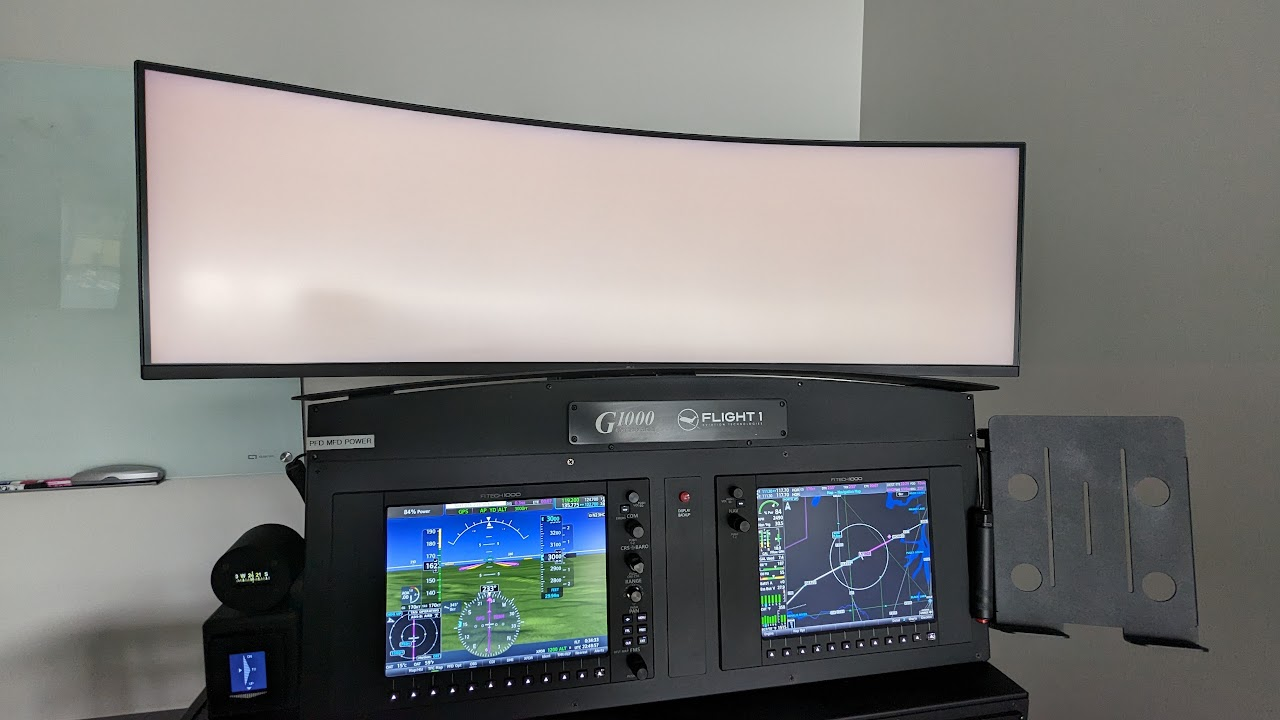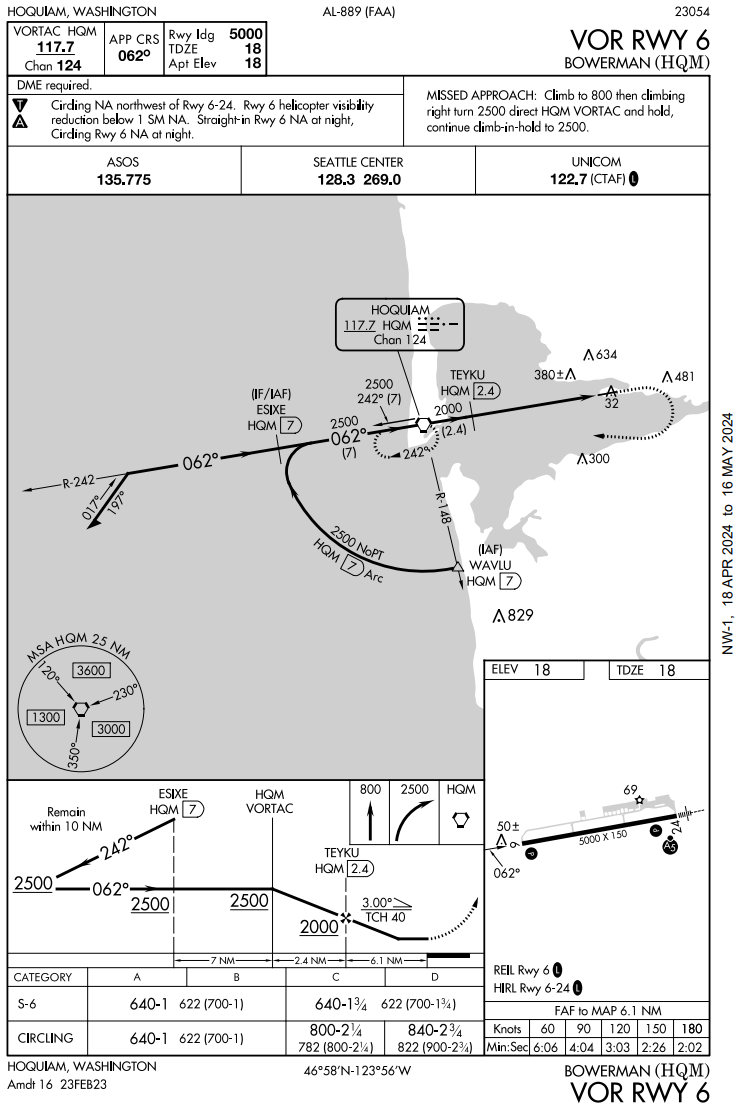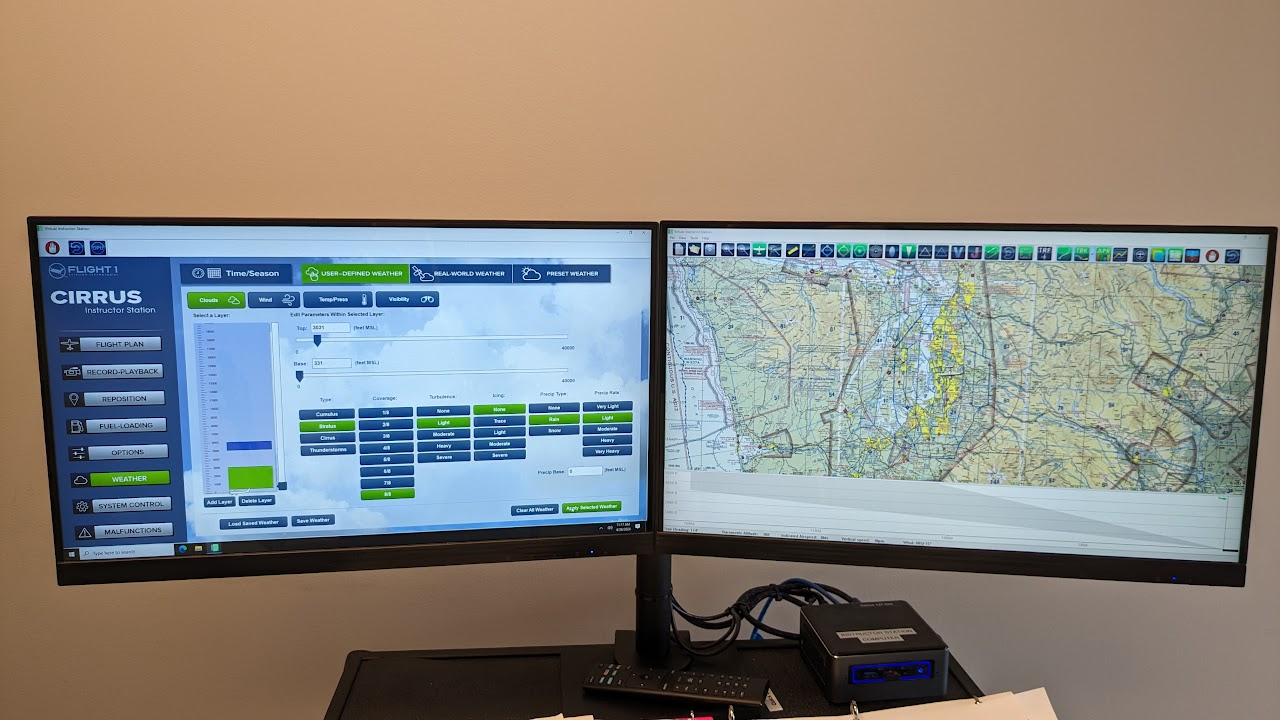April 27, 2024 | What Flying an FAA Authorized Simulator Looks Like

The "AATD" Cirrus Flight Simulator I recently used
I recently logged two hours of Hobbs time on a Flight Simulator authorized by the FAA as an "Advanced Aviation Training Device" ("AATD"). The purpose of these types of simulators is not only for training, but for maintaining pilot proficiency, and meeting pilot currency requirements. The use of simulators like this one is common and many flying clubs and flight schools have them. This simulator is specifically for Cirrus aircraft - the type of aircraft I fly outside the sim.
For Training
During training, I used simulators primarily for learning Instrument Flight Rules ("IFR") procedures. IFR flying is flight and navigation by reference to the cockpit's instruments and two-way radio only. This is in contrast to Visual Flight Rules ("VFR") where one flies and navigates primarily by looking out the cockpit windshield, aided by instruments. A number of hours flying an AATD simulator can be applied to certain pilot ratings, as was the case for my Instrument Rating.
For Proficiency
For maintaining pilot proficiency, simulators are helpful because it can reinforce good procedures, habits, etc. Single-pilot IFR flying is perhaps the most cognitively demanding type of flying and having good muscle-memory and well-rehearsed procedures are important for maintaining safety.

The top screen of the simulator is completely white - simulating flying in Instrument Meteorological Conditions
This is why in the above photo, the top screen is completely white. I was simulating flying through clouds, which visually obscured all references to outside landmarks and hazards, while flying approaches in to airports. I did this for about two hours in this particular flight session.
For Currency
For meeting currency requirements, the simulator provides a legal method of getting the recent flight experience necessary for a pilot to fly IFR. The FAA requires that in order to be legally able to fly under IFR in "instrument-meteorological-conditions" (IMC) aka flying through clouds, a pilot must have completed a certain number of approaches within a certain number of preceding months (its 6 in 6 but the details get hairy and I don't want anyone to mistake me sharing this as a canonical source of applied aviation knowledge), among other tasks.
The FAA allows a pilot to maintain currency by using an authorized simulator, which is convenient. The simulator costs less per Hobbs hour than an airplane. It is also a good place to try some of the more challenging IFR scenarios or brush up on rarely used aviation knowledge. The simulator is also not prone to extended period of maintenance or poor real-life weather.
For Challenge
For this simulator session, rather than doing the quickest, easiest approaches and letting the GPS and auto pilot do all the work, I hand-flew an approach using a VOR receiver and DME Arc at KHQM.

The approach 'plate' for KHQM, Hoquaim, Washington's VOR RWY 6
This is an approach almost nobody flying in General Aviation would fly for any pragmatic reason today. However, because I hadn't flown one since my instrument flight training, doing it in the sim would be a good way to dust off the mental cobwebs.
I also hand flew two other approaches, one of which required intercepting a point in space (SCENN) requiring the use of two VOR receivers, and then flying a course reversal for the approach (KTIW ILS 17).
The Flight Simulator Hardware

The Flight Simulator's Instructor's Station Computer
The Flight Simulator System consists of two computers:
- The Instructor's Station where they control the parameters of the environment
- The computer running the simulated environment of the pilot's aircraft.
The Instructor's Station lets the operator change the various weather parameters of the flight and the initial positioning of the aircraft. It can also be used to instigate aircraft failures for the pilot to respond to, like an alternator failure or even a full engine out.
The "flight deck" of the simulator which includes all the flight controls, is set up to simulate nearly the exact same physical flight controls of a Cirrus SR-22T including the Garmin Perspective Plus avionics and supplemental Oxygen (O2) switches. One notable difference is that instead of the Cirrus Aircraft Parachute System ("CAPS") Handle being above and in-between the front seats of a real Cirrus aircraft, in the simulator, the CAPS is activated by a simple push button to the right of the Multi-Function Display ("MFD").
AATD vs Microsoft Flight Simulator 2020
I've flown nearly as many hours in Microsoft Flight Simulator 2020 (MSFS2020) as I have in real airplanes, almost all of which are in either the MSFS2020's Cirrus SR-22 or the Cirrus SF-50 Vision Jet.
The experience between the AATD simulator and MSFS2020 are mostly the same from a software simulator perspective. I can play MSFS2020 at home from the comfort of my computer desk, but without the benefit of all the physical flight controls. However, an added benefit of MSFS2020 is the addition of simulated Air Traffic Control (ATC). There are also plug-ins for MSFS2020 that allow a player to talk to real people who are playing the role of ATC, though I have not tried this myself. I'd be surprised if the AATD's didn't have this capability. I did notice that the avionics and aircraft handling of MSFS2020 felt more true to real life than the AATD's. The "green alien" flight path reticle was quite unresponsive last time I flew the AATD, but in MSFS2020, it seems as responsive as the one in the aircraft I fly. The graphics of MSFS2020 are also much better.
There are a few significant downsides to flying MSFS2020 over an AATD however:
- There is no separate 'instructor's station' to set up a scenario or instigate failures that may test the pilot without their knowledge, though a player can set up these things themselves beforehand.
- Playing MSFS2020 at home doesn't qualify as an AATD and therefore doesn't count toward currency requirement or hours toward ratings
- "Learning to fly" by playing MSFS2020 without a Certified Flight Instructor (CFI) and matching real-life flying creates the possibilities of giving false confidence and learning (and reinforcing!) bad habits that could be hazardous to real life flying.
- Without the benefit of the physical flight controls, flying in MSFS2020 doesn't afford one to develop the 'muscle memory' the same way as in a real aircraft or the AATD simulator.

A screenshot of Microsoft Flight Simulator 2020 with a Cirrus SR-22 on Runway 16 at Renton, Washington (KRNT) airport
There are fun and good reasons to fly in MSFS2020 even without the benefits provided by an AATD, but those are beyond the scope of this post, which is about AATDs.
Wrap
Still, I value the benefits of AATDs which save a lot of money that would otherwise be spent on flying real airplanes for currency and proficiency training. The money saved can then be directed to real life flying with friends and family to fun destinations and exploring the world.